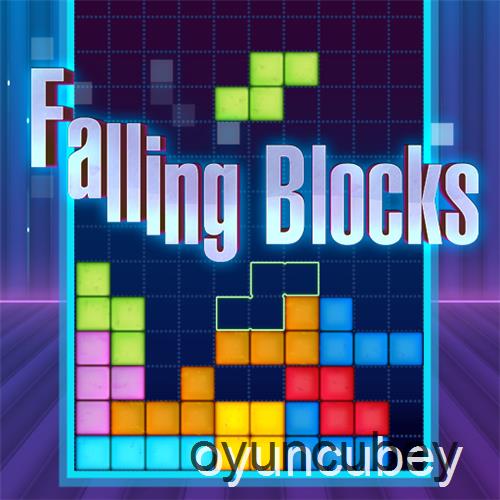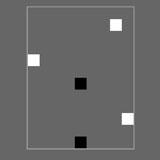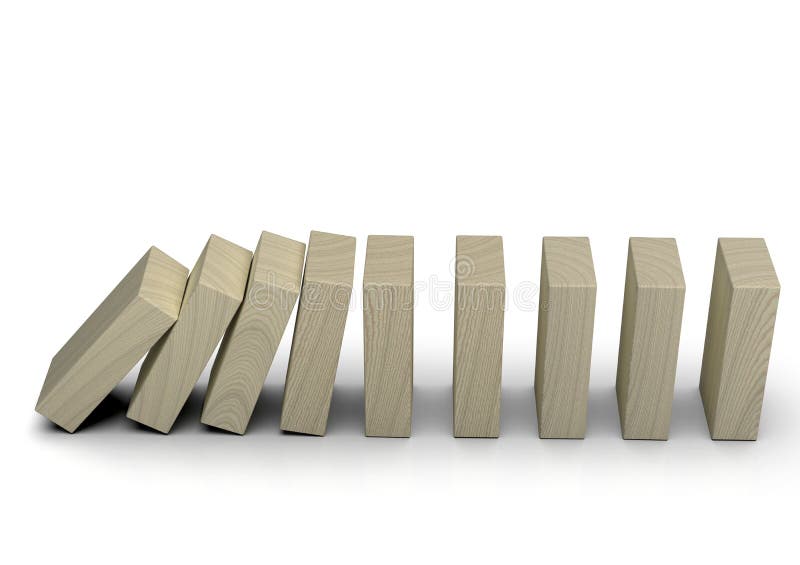This Minecraft 1.14 custom map let's play has blocks that endlessly fall and never stop - similar to skyblock in some ways and different in many others to sk. Using the arrow keys, you can adjust where and how the blocks fall. You can rotate the blocks 90 degrees clockwise. When a block land at the bottom the next block will begin to fall. Falling Block Game is an open source Tetris game. The object of this game is to move and rotate pieces in order to fill in complete rows. Falling Block Game is an.
- All Superinterfaces:
CommandSender,Entity,Metadatable,Nameable,Permissible,PersistentDataHolder,ServerOperator
Nested Class Summary
Nested classes/interfaces inherited from interface org.bukkit.entity.Entity
Entity.SpigotMethod Summary
Modifier and Type Method Description booleancanHurtEntities()BlockDatagetBlockData()Get the data for the falling blockbooleangetDropItem()Get if the falling block will break into an item if it cannot be placedMaterialgetMaterial()Deprecated.voidsetDropItem(boolean drop)Set if the falling block will break into an item if it cannot be placedvoidsetHurtEntities(boolean hurtEntities)Methods inherited from interface org.bukkit.command.CommandSender
getName, sendMessage, sendMessage, sendMessage, sendMessageMethods inherited from interface org.bukkit.entity.Entity
addPassenger, addScoreboardTag, eject, getBoundingBox, getEntityId, getFacing, getFallDistance, getFireTicks, getHeight, getLastDamageCause, getLocation, getLocation, getMaxFireTicks, getNearbyEntities, getPassenger, getPassengers, getPistonMoveReaction, getPortalCooldown, getPose, getScoreboardTags, getServer, getTicksLived, getType, getUniqueId, getVehicle, getVelocity, getWidth, getWorld, hasGravity, isCustomNameVisible, isDead, isEmpty, isGlowing, isInsideVehicle, isInvulnerable, isInWater, isOnGround, isPersistent, isSilent, isValid, leaveVehicle, playEffect, remove, removePassenger, removeScoreboardTag, setCustomNameVisible, setFallDistance, setFireTicks, setGlowing, setGravity, setInvulnerable, setLastDamageCause, setPassenger, setPersistent, setPortalCooldown, setRotation, setSilent, setTicksLived, setVelocity, spigot, teleport, teleport, teleport, teleportMethods inherited from interface org.bukkit.metadata.Metadatable
getMetadata, hasMetadata, removeMetadata, setMetadataMethods inherited from interface org.bukkit.Nameable
getCustomName, setCustomNameMethods inherited from interface org.bukkit.permissions.Permissible
addAttachment, addAttachment, addAttachment, addAttachment, getEffectivePermissions, hasPermission, hasPermission, isPermissionSet, isPermissionSet, recalculatePermissions, removeAttachmentMethods inherited from interface org.bukkit.persistence.PersistentDataHolder
getPersistentDataContainerMethods inherited from interface org.bukkit.permissions.ServerOperator
isOp, setOp
Method Details
getMaterial
Deprecated.Get the Material of the falling block- Returns:
- Material of the block
getBlockData
Get the data for the falling block- Returns:
- data of the block
getDropItem
Get if the falling block will break into an item if it cannot be placed- Returns:
- true if the block will break into an item when obstructed
setDropItem
Set if the falling block will break into an item if it cannot be placed- Parameters:
drop- true to break into an item when obstructed
canHurtEntities
Get the HurtEntities state of this block.- Returns:
- whether entities will be damaged by this block.
setHurtEntities
Set the HurtEntities state of this block.- Parameters:
hurtEntities- whether entities will be damaged by this block.
http://tvtropes.org/pmwiki/pmwiki.php/Main/FallingBlocks
Go To
Falling Block Action
dee dee DEEE, dee dee deeee, de dee DEEEEEEE.

Advertisement:
One of the most common types of Puzzle Games, particularly console video games.

A series of multicolored blocks falls onto the playing area from the top of the screen. As they fall, the player has to move or flip them, arranging them in a certain way in order to make them disappear. If the pile reaches the top of the screen, the game ends.

Many of these games have two-player competitive variations, where high scoring will sabotage the other player's area in one way or another. A common way is 'Junk Blocks': Blocks (usually black or grey in color) that take up space and are often hard to remove.
Most Falling Blocks games feature Difficulty by Acceleration, though in some games throw a wrench or two into the works as the player levels up.
Advertisement:

Examples
- This type of game was popularized by Tetris, and every game since has built on the formula in various ways. In Tetris, The blocks fall in configurations of four, and the player has to make a continuous line of blocks to make them disappear.
- In some versions of Tetris (Tetris DS and Tetris: The Grand Master, for instance), pieces don't even bother falling once you hit higher levels; they instantly hit the stack.
- In Tetrisphere, the player plays from a top-down perspective of the falling piece.
- In Sega's classic Columns, the player arranges sets of gems into lines of three or more.
- The long-running Puyo Puyo series features blobs, which are arranged into groups of four or more—unlike many, they don't actually have to be lined up, just connected horizontally and vertically. Puyo Puyo also was one of the first games to add 'Junk Blocks', which are dropped onto the opponent's playing field.
- Gorby's Pipeline, a more obscure title also developed by Compile, can be described as Tetris meets Pipe Mania!!.
- After Compile lost the Puyo Puyo franchise to Sega, it created a Spiritual Successor called Pochi and Nyaa, which plays rather similarly.
- Super Puzzle Fighter II Turbo also uses gems, but rather than just lining them up, you have to use special 'crash gems' that will destroy any adjacent gems of the same color. Another twist in the game was that the Junk Blocks had a countdown, and turned into regular blocks when it ran out. This gave a struggling player the chance to make a comeback if they survived long enough.
- Its Spiritual Successor, Crystal Crisis, follows the same formula except with a few unique mechanics of its own (namely, wrapping crystals from one side of the board to the other and character-specific Limit Breaks).
- Dr. Mario featured Mario (yes, as a Doctor) killing viruses by dropping colored pills on top of them to line up viruses and pill halves into sets of four or more.
- Lumines features blocks of squares (or is that squares of blocks?) that are eliminated by a moving line when they are arranged into blocks/squares of all the same color.
- Meteos had falling blocks, but was unique that instead of just vanishing when aligned, they attempted to blast back up off the top of the screen. Also of note is the fact that the blocks could not be moved while falling, and once the blocks had landed, they could only be moved vertically. Horizontal movement was incorperated in the sequel, Meteos: Disney Magic.
- 'It is the nineties, and there is time for... Klax.' This popular arcade game featured falling colored tiles, which were to be placed in 'klaxes' (rows, columns, or diagonals of same-colored tiles) in a 5-by-5 grid. The real challenge was building complex formations that yielded big points, as klaxes made other tiles fall into scoring positions. Tiles could also be thrown back. Memorable for its quirky look and feel.
- Similar to Klax is Audiosurf, which combined the concept with levels generated from your music files.
- Arcade game Rampart was a variation of the falling blocks genre. The player is given several castles to defend against an invading navy. Using Tetris-like puzzle pieces, the players must surround one or more castles with walls within a limited time to keep playing. This earns the player cannons, which can be used to repel the invaders. The one-player game is fiendishly difficult, but a classic nonetheless.
- There have been several attempts to move the gameplay of Tetris into three dimensions. Computer game Welltris was the first Tetris sequel made by the Tetris design team. The most popular arcade version of this concept was called Block Out.
- A strange variation on the Falling Blocks genre was Hatris, in which the player manuevers mismatched pairs of hats onto heads at the bottom of the screen. Placing five consecutive hats of the same type onto a head makes the hats disappear, and scores points for the player. Created by Alexey Pajitnov, one of the creators of Tetris.
- A bizarre twist on the falling-block game occurs in Friel. You maneuver pairs of monsters into a smallish grid, trying to make them disappear. How do you get them to vanish? No sort of in-a-row or adjacency requirements — monsters vanish when there are five of the same one in any given 3x3 square.
- Trash Panic, except the 'blocks' are garbage.
- Irisu Syndrome! combines this with a basic physics engine.
- The cartridge packaged with the SNES Super Scope had Blastris A and Blastris B. The former was a Tetris-like where the player shot parts of the blocks off instead of rotating them, the latter was more of a Columns/Dr. Mario-like.
- Another variation is the Mr. Driller series, where the blocks have already fallen, and your job is to dig through them. Of course, your digging can shake them loose again, and cause them to fall on you. Blocks of the same color will stick together if they come in contact (and will all vanish at once when you drill them, and sets that fall into arrangements of four or more will disappear. The trick is in using these rules to not only score points, but more importantly to clear out large numbers of blocks and/or keep them from squashing you.
- Yet another variation is Konami's Quarth, where the player doesn't control the falling blocks; instead, a Shoot 'em Up type ship is used to shoot down the block formations as they inch toward the player's doom.
- Pac-Attack had Pac-Man and ghosts packaged in with Tetris-like blocks.
- Gussun Oyoyo gives the player control over falling blocks, but arranging them into lines or other formations is not at all the object. Instead, they have to be placed to help Gussun make a Lemmings-style progress to the Level Goal.
- Critical Mass is a variant—instead of falling automatically, you manually place the blocks on the cube; the cube gradually expands until it bursts.
- Slydris has horizontal blocks of various widths that drop from the top of the screen in rows. Interestingly, you can slide the blocks that are about to drop just like you can the ones already on the board.
- Cleopatra Fortune
- Namco's Arcade GameEmeraldia has colored blocks whose tiles connect horizontally, vertically and diagonally to form chains. These chains can be cracked and then shattered by dropping tiles of the same color on top of them.
- Puyo Puyo Tetris is a crossover between Puyo Puyo and Tetris. Not only can you mix-and-match gameplay types is verses matches, but it also features two entirely new modes of play:
- Swap Mode has players play both Tetris and Puyo Puyo, swapping between the two at random intervals.
- Fusion mode is an entirely new puzzle game where you have to both create lines of Tetriminos and match up Puyos on the same board. While the Tetrominoes are much larger than normal, they can squish puyos that they land on, sending them to the top of the board.
- The Game Within a Game in the Sega CD port of The Adventures of Willy Beamish, 'Monster Squad', combines this with Space Invaders-style shooting, tasking you with shooting away the blocks before they either box you in or destroy your cannon.
- SegaSonic Bros. uses various re-colors of Sonic the Hedgehog that are dropped onto the playfield. If Sonics of one color are arranged to enclose in a circle (using the sides of the board if necessary), they are cleared. Interestingly, it was never given a commercial release after it failed a location test in Japan.
Advertisement:
Alternative Title(s):Tetris Blocks
Falling Blocks Hooda Math
Index
